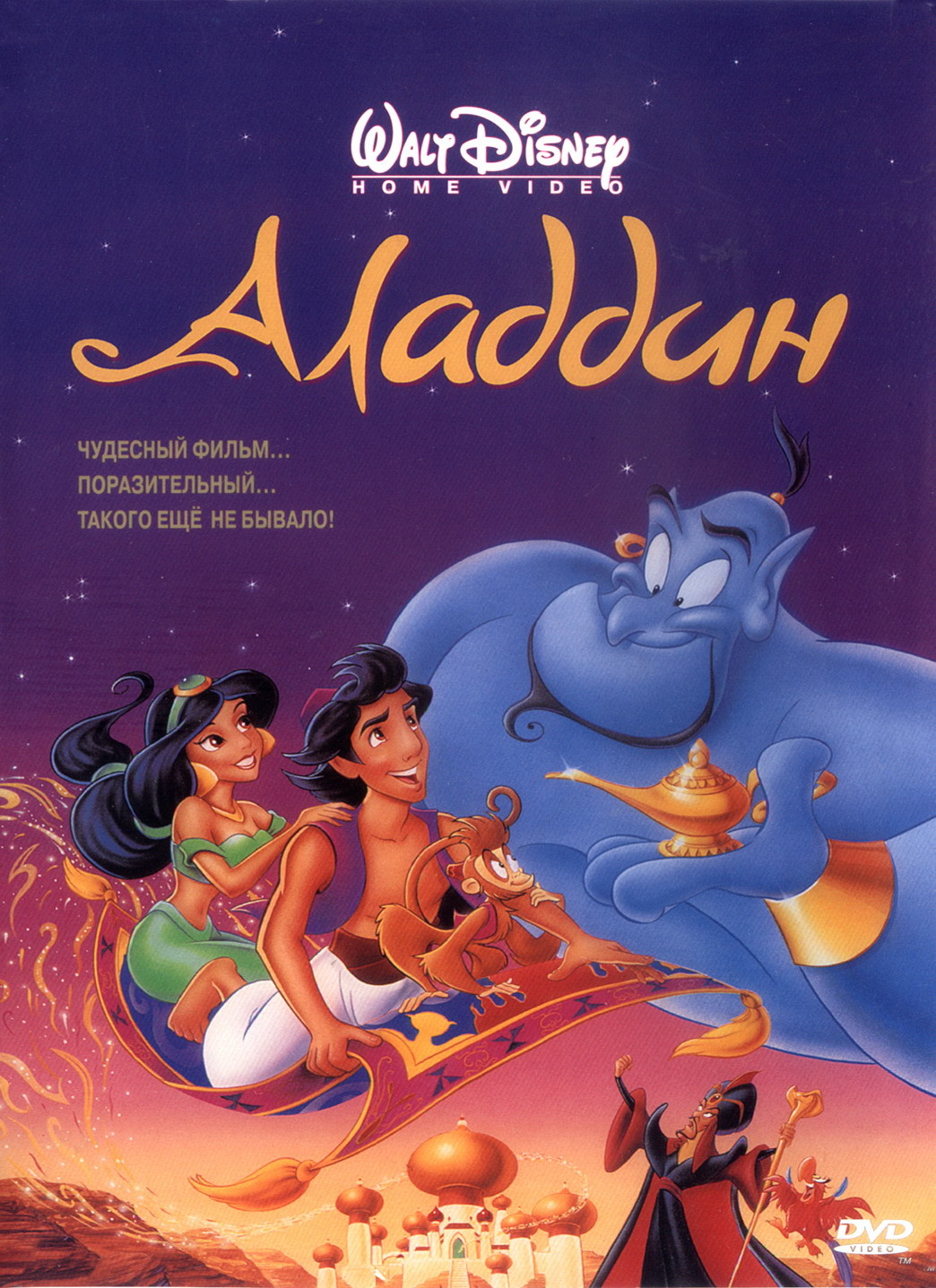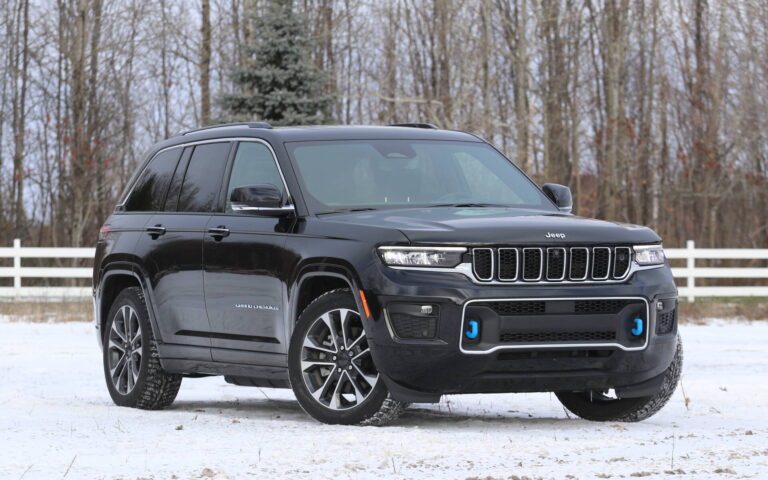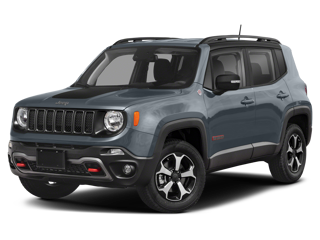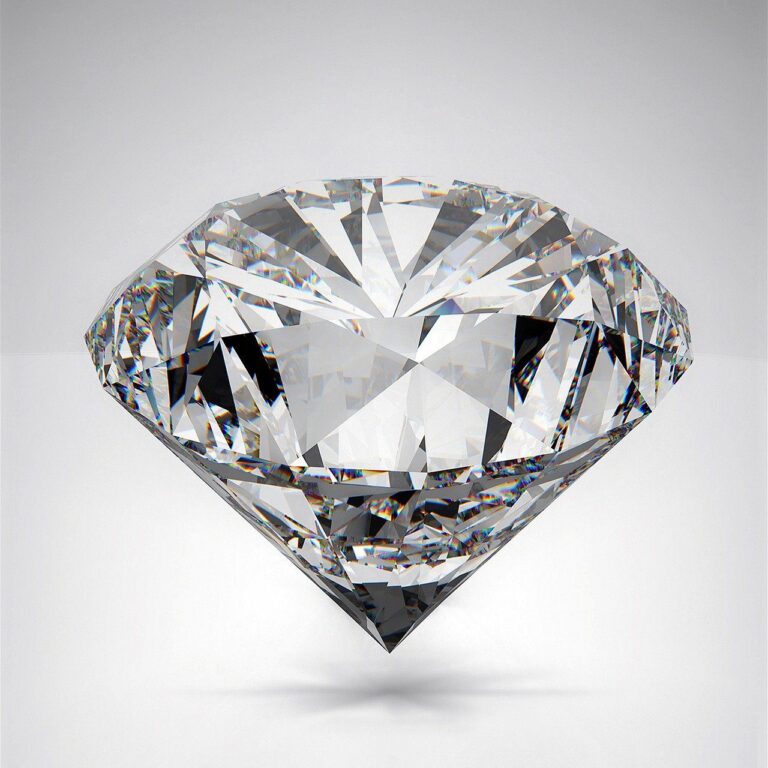1992 Jeep Cherokee
1992 Jeep Cherokee jeeps.truckstrend.com
A Timeless Icon: The Enduring Legacy of the 1992 Jeep Cherokee
In the annals of automotive history, few vehicles have etched their presence as deeply and enduringly as the Jeep Cherokee, particularly the XJ generation. Among its lauded model years, the 1992 Jeep Cherokee stands as a pivotal iteration, representing the maturation of a revolutionary design that forever changed the SUV landscape. More than just a utility vehicle, the 1992 Cherokee embodied a perfect blend of rugged capability, practical versatility, and surprising refinement, making it an automotive icon that remains highly sought after by enthusiasts, off-roaders, and collectors alike.
1992 Jeep Cherokee
Introduced in 1984, the XJ Cherokee broke new ground by being the first unibody SUV, a departure from the traditional body-on-frame construction common in its era. This innovative design offered significant advantages in terms of weight reduction, improved fuel efficiency, enhanced handling, and a more comfortable ride, all without sacrificing Jeep’s legendary off-road prowess. By 1992, the Cherokee had firmly established itself as a benchmark, refining its engineering, expanding its trim levels, and cementing its reputation as a go-anywhere, do-anything vehicle. This article delves into the various facets of the 1992 Jeep Cherokee, exploring what made it so special then, and why it continues to captivate hearts and conquer trails today.
A Legacy Forged: The XJ Cherokee’s Enduring Appeal
The genius of the XJ Cherokee lay in its innovative design philosophy. American Motors Corporation (AMC), under the leadership of Richard A. Teague, dared to challenge conventional wisdom by creating a compact, lightweight SUV with a unibody chassis. This "Monocoque" construction, where the body and frame are integrated into a single structure, was a significant departure from the truck-based SUVs of the time. For the 1992 model year, this design had been perfected, offering a tight, rattle-free ride on pavement while providing exceptional torsional rigidity for demanding off-road excursions.
Its relatively narrow stance and short wheelbase, combined with excellent approach and departure angles, made the 1992 Cherokee incredibly agile in tight trails and urban environments alike. It was compact enough to navigate city streets with ease, yet spacious enough to comfortably seat five passengers and haul a decent amount of cargo. This dual personality – equally at home on a paved highway or a rocky mountain pass – contributed significantly to its widespread appeal and continues to be a primary reason for its enduring popularity among enthusiasts looking for a versatile and capable vehicle.
Under the Hood: Engine Options and Drivetrains
The heart of the 1992 Jeep Cherokee’s performance lay in its robust and reliable engine options, coupled with capable drivetrain choices.
Engine Choices:
- 4.0L "High Output" (HO) Inline-Six (I6): This legendary engine is arguably the most celebrated aspect of the XJ Cherokee. By 1992, it produced 190 horsepower and 225 lb-ft of torque, a significant output for its time. Known for its incredible durability, ample low-end torque, and relatively simple design, the 4.0L HO is a workhorse that can endure hundreds of thousands of miles with proper maintenance. Its torquey nature makes it ideal for off-roading, towing, and everyday driving.
- 2.5L Inline-Four (I4): This engine, producing around 130 horsepower, was offered primarily in 2WD models and some lower-trim 4WD versions. While more fuel-efficient than the 4.0L, it lacked the larger engine’s power and performance, making it less desirable for those seeking true Jeep capability or higher speeds.
.jpg/revision/latest/scale-to-width-down/250?cb=20140129143307)
Transmission Options:
- Automatic Transmissions:
- AW4 (Aisin-Warner 4-speed automatic): Paired with the 4.0L engine, this transmission is renowned for its reliability and smooth shifts. It’s an electronically controlled unit that is highly durable and a favorite among enthusiasts.
- 3-speed automatic: Primarily found with the 2.5L engine, this was a simpler, less refined option.
- Manual Transmissions:
- AX15 (Aisin-Warner 5-speed manual): This robust manual transmission was available with the 4.0L engine, offering engaging driving dynamics and precise control, particularly favored by off-roaders.
- 5-speed manual: Paired with the 2.5L engine.


Four-Wheel Drive Systems:
The 1992 Cherokee offered two excellent four-wheel-drive systems, both known for their ruggedness:
- Command-Trac (NP231): This part-time 4WD system offered 2WD High, 4WD High (for slippery surfaces), and 4WD Low (for serious off-roading). It’s a robust system but should not be used on dry pavement in 4WD modes.
- Selec-Trac (NP242): A more advanced full-time 4WD system, Selec-Trac provided 2WD High, 4WD Full-Time (for all road conditions, including dry pavement), 4WD Part-Time High, and 4WD Low. This system offered greater versatility and convenience, making it ideal for varying weather conditions.
Trim Levels and Features: Tailoring Your Cherokee
For 1992, the Jeep Cherokee was available in several trim levels, allowing buyers to choose a model that best suited their needs and budget, from basic utility to luxurious comfort.
- Base (Cherokee): The entry-level model, typically with fewer amenities, steel wheels, and often the 2.5L engine. Focused on functionality.
- Sport: A popular trim offering a balance of features and affordability. Often came with the 4.0L engine, sport seats, and upgraded wheels.
- Laredo: A step up, adding more comfort and convenience features like power windows/locks, air conditioning, cruise control, alloy wheels, and a more refined interior with cloth upholstery.
- Limited: The top-tier luxury trim, featuring leather upholstery, power seats, woodgrain interior accents, body-colored trim, and a full suite of power accessories.
- Briarwood: A unique, upscale trim that debuted in 1991 and continued into 1992, characterized by exterior woodgrain appliques and a plush interior, offering a more classic, luxurious aesthetic.
Across these trims, optional features included anti-lock brakes (ABS), a roof rack, towing packages, and various audio system upgrades. The flexibility in trim levels meant that a 1992 Cherokee could be a no-frills workhorse or a surprisingly well-appointed family vehicle.
The Driving Experience: On-Road and Off-Road Prowess
The 1992 Jeep Cherokee’s driving experience is a testament to its balanced engineering. On paved roads, the unibody construction provided a relatively comfortable and car-like ride compared to its truck-based competitors. The 4.0L HO engine offered brisk acceleration and confident highway cruising, though noise levels could be higher than modern SUVs. Its compact dimensions made it nimble in traffic and easy to park, while the unassisted steering (on some models) provided direct feedback.
However, where the 1992 Cherokee truly shined was off the beaten path. Its short overhangs, excellent ground clearance, robust axles (typically a Dana 30 front and a Dana 35 or optional Chrysler 8.25 rear), and capable 4WD systems made it a formidable off-road machine straight from the factory. The ample low-end torque of the 4.0L engine, combined with the low-range gearing of the transfer cases, allowed it to crawl over rocks and through mud with remarkable ease. It was, and still is, revered for its ability to tackle challenging terrain that would leave many modern SUVs stranded.
Common Issues and Maintenance Tips for the 1992 XJ
While the 1992 Jeep Cherokee is known for its reliability, like any vehicle of its age, it has its common quirks and areas requiring attention. Proactive maintenance is key to a long and happy ownership experience.
Common Issues:
- Cooling System: The XJ’s cooling system is notorious for being borderline adequate. Overheating is a common issue, often due to clogged radiators, failing water pumps, worn fan clutches, or a weak electric fan.
- Rear Main Seal Leaks: A very common oil leak on the 4.0L engine. While often not severe, it can be messy and requires dropping the oil pan and transmission bellhousing for replacement.
- Rust: Especially in areas exposed to road salt, rust can be a major concern, particularly on rocker panels, floorboards, and around the wheel wells. Inspect the unibody frame rails thoroughly.
- Electrical Gremlins: Aging wiring, grounds, and components can lead to issues with power windows, door locks, gauges, and lighting.
- Steering Play: Worn steering components (tie rod ends, ball joints, steering box) can lead to a loose feeling in the steering.
- Headliner Sag: The adhesive holding the headliner fabric often deteriorates with age, causing it to sag.
- Leaf Spring Sag: The rear leaf springs can flatten over time, reducing ride height and causing a harsher ride.
Maintenance Tips:
- Cooling System Overhaul: If buying one, consider a full cooling system refresh: new radiator, water pump, thermostat, hoses, and fan clutch. Use Zerex G-05 coolant.
- Regular Fluid Changes: Engine oil, transmission fluid (AW4 is sensitive to old fluid), transfer case fluid, and differential fluids should be changed regularly.
- Inspect for Rust: Regularly clean and inspect the underside for rust. Address small spots before they become major problems.
- Lubricate Steering and Suspension: Grease fittings on steering and suspension components can extend their life.
- Check Belts and Hoses: Replace worn or cracked belts and hoses proactively.
- Tune-Up: Regular spark plug, air filter, and fuel filter replacements are essential for optimal performance.
- Wiring Inspection: Keep an eye on wiring harnesses, especially around the engine bay and under the dashboard, for signs of wear or damage.
Why Own a 1992 Jeep Cherokee Today? Collector’s Item or Daily Driver?
Owning a 1992 Jeep Cherokee in the present day offers a unique blend of nostalgia, practicality, and undeniable cool factor.
As a Daily Driver:
For many, an XJ Cherokee, particularly one with the 4.0L HO engine and AW4 transmission, can still serve as a reliable daily driver. Its relatively compact size makes it maneuverable, and its robust mechanics mean it can handle the rigors of modern traffic. However, potential owners should be prepared for lower fuel economy compared to modern crossovers, a less refined ride, and the need for consistent maintenance due to its age. Parts are generally abundant and affordable, and its mechanical simplicity makes it a great vehicle for DIY enthusiasts.
As a Collector’s Item/Enthusiast Vehicle:
The 1992 Cherokee is increasingly seen as a modern classic. Well-preserved, unmolested examples are becoming harder to find and are appreciating in value. Its iconic status, legendary off-road capability, and robust powertrain make it a fantastic choice for:
- Off-roading: A stock XJ is capable, but with a few modifications, it can become an absolute beast on the trails.
- Overlanding: Its spacious interior and rugged nature make it a good platform for expedition builds.
- Nostalgia: For those who grew up with or admired the XJ, owning one is a trip down memory lane.
- Project Vehicle: Its simple design and vast aftermarket support make it an ideal platform for customization and restoration.
When buying a used 1992 XJ, prioritize a rust-free body and frame, a strong-running 4.0L engine, and a properly functioning 4WD system. A pre-purchase inspection by a trusted mechanic is highly recommended.
Modifying Your 1992 XJ: Enhancing Capability and Comfort
One of the greatest appeals of the 1992 Jeep Cherokee is its immense aftermarket support and ease of modification. Whether you’re aiming for a hardcore rock crawler or a comfortable overland rig, the possibilities are vast.
Popular Modifications:
- Lift Kits: Ranging from mild 2-inch lifts for tire clearance to extreme 6+ inch lifts for serious off-roading, lift kits are the most common modification.
- Larger Tires: Crucial for off-road performance, larger tires (e.g., 31-inch, 33-inch) provide increased ground clearance and traction.
- Aftermarket Bumpers: Heavy-duty steel bumpers offer better approach/departure angles, winch mounts, and improved protection.
- Skid Plates: Protecting vital components like the oil pan, transfer case, and fuel tank is essential for off-road use.
- Axle Upgrades: For extreme off-roading, upgrading to stronger axles (e.g., Dana 44, Ford 8.8) is common.
- Lockers: Differential lockers enhance traction by ensuring both wheels on an axle receive power, even if one is off the ground.
- Engine Performance: While the 4.0L is robust, bolt-on upgrades like intake/exhaust systems, throttle body spacers, and headers can offer modest power gains.
- Interior Upgrades: Modern stereo systems, upgraded seating, and sound deadening can significantly improve comfort for daily driving.
Always ensure that modifications are done safely and correctly, and consider how they might impact the vehicle’s road manners and overall longevity.
1992 Jeep Cherokee Pricing Table
Please note that original MSRPs are approximate and could vary based on region, specific options, and dealer markups. Current market values are highly dependent on condition, mileage, modifications, and geographical location. These are estimates for a vehicle in good, original condition.
| Trim Level | Body Style | Drivetrain | Original MSRP (Approx.) | Estimated Current Market Value (Good Condition) | Estimated Current Market Value (Fair Condition) | Estimated Current Market Value (Poor Condition/Project) |
|---|---|---|---|---|---|---|
| Base (2.5L I4) | 2-Door | 2WD | $13,500 | $2,500 – $4,500 | $1,000 – $2,000 | $500 – $1,000 |
| Base (2.5L I4) | 4-Door | 2WD | $14,000 | $2,800 – $4,800 | $1,200 – $2,200 | $600 – $1,100 |
| Sport (4.0L I6) | 2-Door | 4WD | $16,500 | $4,000 – $7,000 | $2,000 – $4,000 | $800 – $1,500 |
| Sport (4.0L I6) | 4-Door | 4WD | $17,000 | $4,500 – $7,500 | $2,200 – $4,200 | $900 – $1,600 |
| Laredo (4.0L I6) | 4-Door | 4WD | $19,000 | $5,000 – $8,500 | $2,500 – $4,500 | $1,000 – $1,800 |
| Limited (4.0L I6) | 4-Door | 4WD | $22,000 | $6,000 – $10,000+ | $3,000 – $5,000 | $1,200 – $2,000 |
| Briarwood (4.0L I6) | 4-Door | 4WD | $23,000 | $6,500 – $11,000+ | $3,500 – $5,500 | $1,500 – $2,500 |
Note: Prices for exceptionally low-mileage, perfectly maintained, or highly modified examples can significantly exceed these estimates.
Frequently Asked Questions (FAQ) about the 1992 Jeep Cherokee
Q1: Is the 1992 Jeep Cherokee reliable?
A1: Yes, especially models equipped with the 4.0L "High Output" inline-six engine and the AW4 automatic transmission. These powertrains are renowned for their incredible durability and longevity, often lasting well over 200,000-300,000 miles with proper maintenance. However, like any vehicle of its age, it will require ongoing attention to common wear items and age-related issues.
Q2: What is the best engine for the 1992 Cherokee?
A2: Without a doubt, the 4.0L "High Output" (HO) inline-six is the preferred engine. It offers excellent power, abundant low-end torque, and legendary reliability, making it superior for both daily driving and serious off-roading compared to the 2.5L four-cylinder.
Q3: What are common problems with the 1992 XJ?
A3: Common issues include cooling system problems (overheating), rear main seal oil leaks, rust (especially in northern climates), electrical quirks (power windows, gauges), worn steering components, and sagging rear leaf springs. Proactive maintenance can mitigate many of these.
Q4: Is the 1992 Cherokee good off-road?
A4: Absolutely. The 1992 Jeep Cherokee, particularly 4WD models, is legendary for its off-road capability. Its unibody construction, robust axles, excellent ground clearance, and effective 4WD systems (Command-Trac or Selec-Trac) make it highly capable straight from the factory. It’s also a popular platform for aftermarket off-road modifications.
Q5: What’s the difference between Command-Trac and Selec-Trac?
A5:
- Command-Trac (NP231): A part-time 4WD system with 2WD High, 4WD High (for low-traction surfaces like snow or dirt, not dry pavement), and 4WD Low. It’s simpler and very robust.
- Selec-Trac (NP242): A full-time 4WD system that adds a "4WD Full-Time" mode. This allows the vehicle to be driven on any surface, including dry pavement, in 4WD mode, making it more versatile for varying weather conditions. It also has 2WD High, 4WD Part-Time High, and 4WD Low.
Q6: Are parts still available for the 1992 Cherokee?
A6: Yes, parts availability for the XJ Cherokee is excellent. Due to its popularity and long production run (1984-2001), most common replacement parts are readily available from auto parts stores, online retailers, and even dealerships. Aftermarket support for upgrades and modifications is also vast.
Q7: What should I look for when buying a used 1992 XJ?
A7: Focus on:
- Rust: Thoroughly inspect the unibody frame rails, rocker panels, floorboards, and wheel wells. This is often the biggest killer.
- Engine Condition: Listen for unusual noises, check for leaks (especially the rear main seal), and ensure it starts easily.
- Transmission: Check fluid color/smell. Test both automatic and manual transmissions for smooth shifts and proper engagement.
- 4WD System: Engage all 4WD modes to ensure they work correctly.
- Cooling System: Check for leaks, proper fan operation, and a clean radiator.
- Maintenance Records: Ask for any available service history.
Conclusion
The 1992 Jeep Cherokee stands as a powerful testament to thoughtful engineering and timeless design. It encapsulated a pivotal moment in SUV evolution, proving that a vehicle could be rugged and capable without sacrificing on-road manners or practicality. Its robust 4.0L engine, versatile 4WD systems, and unibody construction created a legend that continues to captivate enthusiasts decades later.
Whether you’re an off-road adventurer seeking a reliable trail rig, a casual driver looking for a distinctive and capable classic, or a collector appreciating automotive history, the 1992 Jeep Cherokee offers a compelling package. Its simplicity, durability, and immense aftermarket support ensure that it remains a relevant and enjoyable vehicle for years to come. Owning a 1992 XJ isn’t just about driving a vehicle; it’s about embracing a piece of automotive heritage, a symbol of freedom, and a testament to American ingenuity that continues to inspire and perform.





